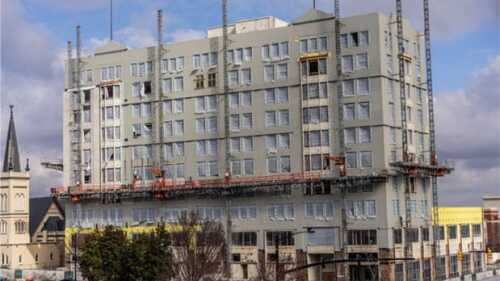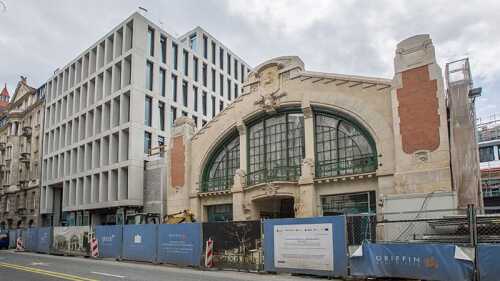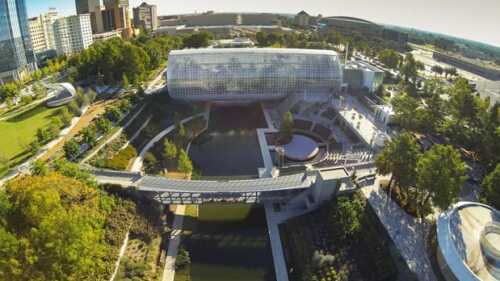Adaptive Use and Building Reuse
“Real estate development is a high-stakes gamble,” said Michael Maher of the WestEdge Foundation. Maher joined five other developers in discussing their current projects at the ULI Carolinas Meeting in Greenville, South Carolina.
When three national magazines— U.S. News & World Report, Food & Wineand Travel + Leisure— give you glowing reviews, you must be doing something right. Such is the case with Hotel Emma, a 146-room luxury hotel that’s one of the numerous fascinating facets of San Antonio’s mixed-use Pearl complex, which rose from the historic but neglected Pearl Brewery.
With portable electronic devices allowing people to work from anywhere and at any time, the lines dividing office, hospitality, and home design are blurring.
Downtown office properties are no longer disposable, throw-away structures with just a 30-year life span. Today, adaptive use initiatives are revitalizing buildings, changing the purpose of the towers to meet current market demands and extending the buildings’ useful life by many decades. At the 2016 ULI Fall Meeting in Dallas last month, panelists demonstrated the case for redeveloping downtown properties.
Resort developers are coming up with new ways to create allure in urban locations—where they can’t rely on beaches, golf, or skiing to attract fickle travelers.
Aging shopping malls—many burdened with high vacancy rates or even abandoned—are being transformed into vibrant, mixed-use destinations that are connected to their surrounding communities. At the 2016 ULI Fall Meeting, “the mall of the future” was explored by a panel of design, development, and placemaking experts.
When Griffin Real Estate took possession of a dilapidated food market hall in the center of Warsaw in 2012, it created a development that dovetailed the site’s history with the current hunger for food-led destinations in city centers.
AF Bornot Dye Works is a loft apartment and retail project in central Philadelphia that involved the adaptive use and restoration of three timber and concrete factory buildings. The capital stack assembled for this project was unusually complex, partly because of its unusual mix of uses, its location outside the Center City core, and the challenges posed by historic rehabilitation.
From craft breweries to artisanal food producers to bespoke jewelry crafters, modern small-scale manufacturing is breathing new life into long-abandoned warehouses and factories said panelists speaking at the ULI Fall Meeting in San Francisco.
Two urban parks—one in Oklahoma City, the other in Foshan, China—have been selected as winners of this year’s Urban Land Institute Urban Open Space Award.






